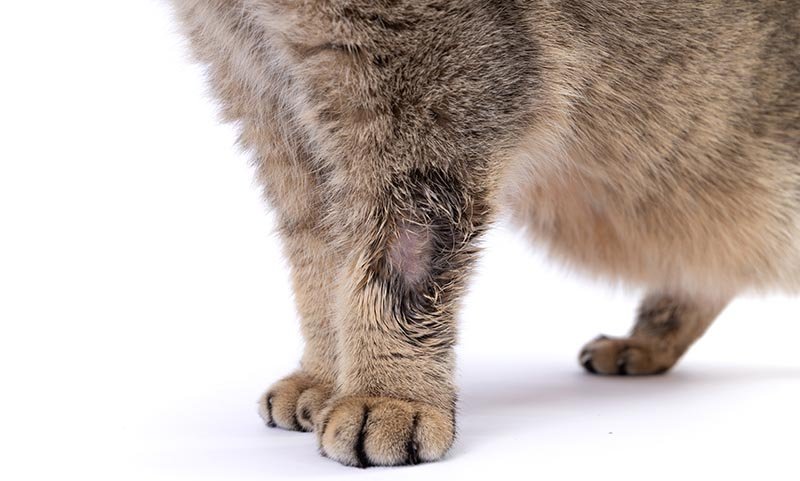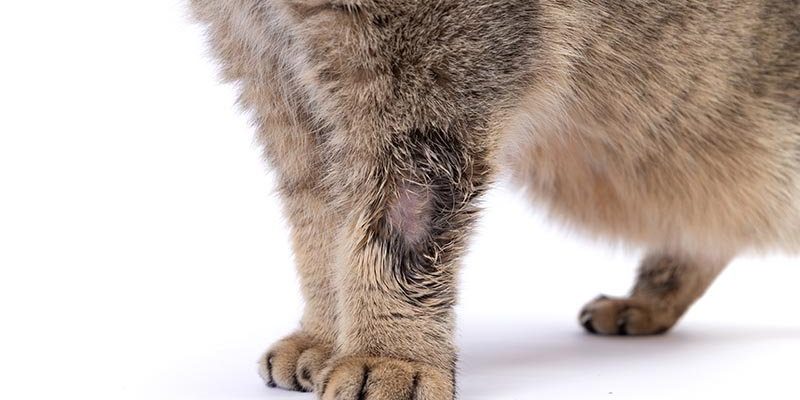
Think of wolf worms as unwelcome squatters in the body of an animal. They can create a host of health problems, so understanding what to look for can help you catch an infestation early. In this article, we’ll walk through the common signs of wolf worm presence, what to do if you suspect your animals are at risk, and why vigilance is your best tool in keeping your farm healthy.
What Are Wolf Worms?
Wolf worms are the larvae of botflies, specifically the *Cuterebra* species. These flies lay eggs on or near warm-blooded animals, and once the eggs hatch, the larvae can burrow into the skin of the host animal. It’s kind of like a scene from a horror movie, but unfortunately, it’s very real for many farmers.
Once inside, the larvae can cause skin infections and other health issues. Animals may carry these unwanted guests for weeks or even months before you notice any symptoms. Here’s the thing: while wolf worms typically affect small mammals, livestock like sheep, goats, and even pet cats are not immune. Keeping your animals healthy is a team effort, and knowing about wolf worms is a crucial part of that.
Common Signs of Wolf Worm Infestation
Recognizing wolf worms in your farm animals is like being a detective. You’ll need to pay attention to various signs that something isn’t right. Here are some common indicators:
- Swelling or Bumps: One of the first signs you might notice is swelling or lumps under the skin. These bumps can sometimes be painful and tender to the touch.
- Open Wounds: If a lump breaks open, you might see a small hole where the larvae are feeding. It can be a gory sight, but it’s a strong indicator of a wolf worm infestation.
- Behavior Changes: Affected animals may become more agitated or exhibit unusual behavior, such as excessive grooming or biting at the area where the larvae are located.
- Foul Odor: In some cases, if an infection occurs, you may notice a foul smell coming from the affected area.
If you see any of these signs, it’s time to take action. Addressing the issue early can save your animals from serious complications.
Identifying the Affected Areas
Wolf worms typically choose warm, hairy areas of your animals to burrow into. Think of spots like under the chin, around the ears, and between the legs. These locations offer warmth and protection—perfect for larvae.
If you’re regularly grooming your animals, take a moment to inspect these areas for unusual lumps or irritations. This is a good preventive measure, especially during warm months when the botflies are more active.
You might be wondering why it’s so important to catch these signs early. Well, if left untreated, the larvae can lead to severe infections or even permanent damage to the tissues. So, making regular checks part of your routine can be a lifesaver.
What to Do If You Suspect Wolf Worms
If you suspect that one of your animals has wolf worms, the best course of action is to consult a veterinarian. They can confirm the diagnosis and provide the appropriate treatment. Here’s what you might expect during a vet visit:
- Physical Examination: Your vet will examine the affected area closely, often requiring sedation for thorough inspection.
- Removal of Larvae: If larvae are present, they will need to be carefully removed, which is a delicate procedure.
- Follow-Up Care: After removal, your vet may recommend antibiotics to prevent infection and promote healing.
Never try to remove the larvae yourself, as this can lead to severe complications for your animal. Just leave it to the professionals!
Prevention Tips for Wolf Worm Infestations
Keeping wolf worms at bay is about maintaining a healthy environment for your farm animals. Here are some preventive measures you can take:
- Regular Grooming: Regularly groom your animals to keep their coats clean and to inspect for any signs of infestation.
- Control Fly Populations: Use traps and other methods to reduce the number of flies in your barn and pasture. Reducing fly populations can significantly lower the chances of wolf worm infestations.
- Monitor Health: Always keep an eye on your animals’ health and behavior. Early detection can make a huge difference.
By integrating these practices into your daily routine, you can help keep your livestock safe from wolf worms.
When to Seek Veterinary Care
Sometimes, you might notice signs but hesitate to seek help. Here’s a good rule of thumb: if you’re concerned at all, it’s best to get your vet involved. Early intervention can prevent more serious health issues down the line.
You’ll want to contact a veterinarian if:
- The lumps worsen or spread: If you see growth or more areas affected, it’s time to act.
- Signs of infection: If there’s swelling, redness, or discharge, don’t wait.
- Behavioral changes: If your animals appear lethargic or are not eating, let your vet know.
Trust your instincts. If something feels off, better safe than sorry.
Being aware of the signs of wolf worm presence in your farm animals is more than just a matter of knowledge; it’s about safeguarding your livestock’s well-being. From recognizing unusual lumps to understanding what steps to take if you spot them, staying informed is key.
By incorporating good management practices and regular health checks, you can create a protective buffer against these parasites. As a farmer, you want to ensure your animals thrive, and keeping an eye out for wolf worms is an essential part of that mission. After all, prevention is better than cure!

